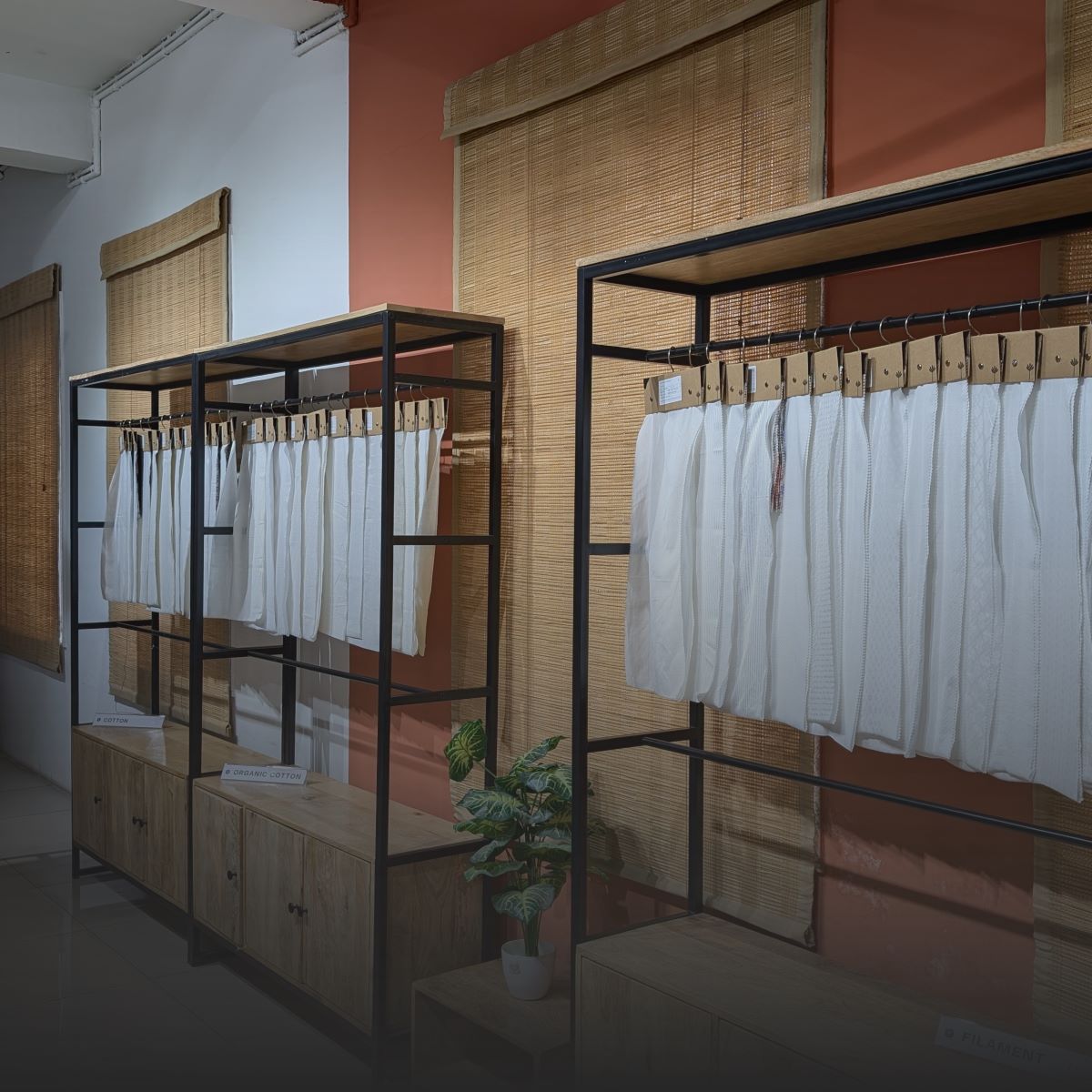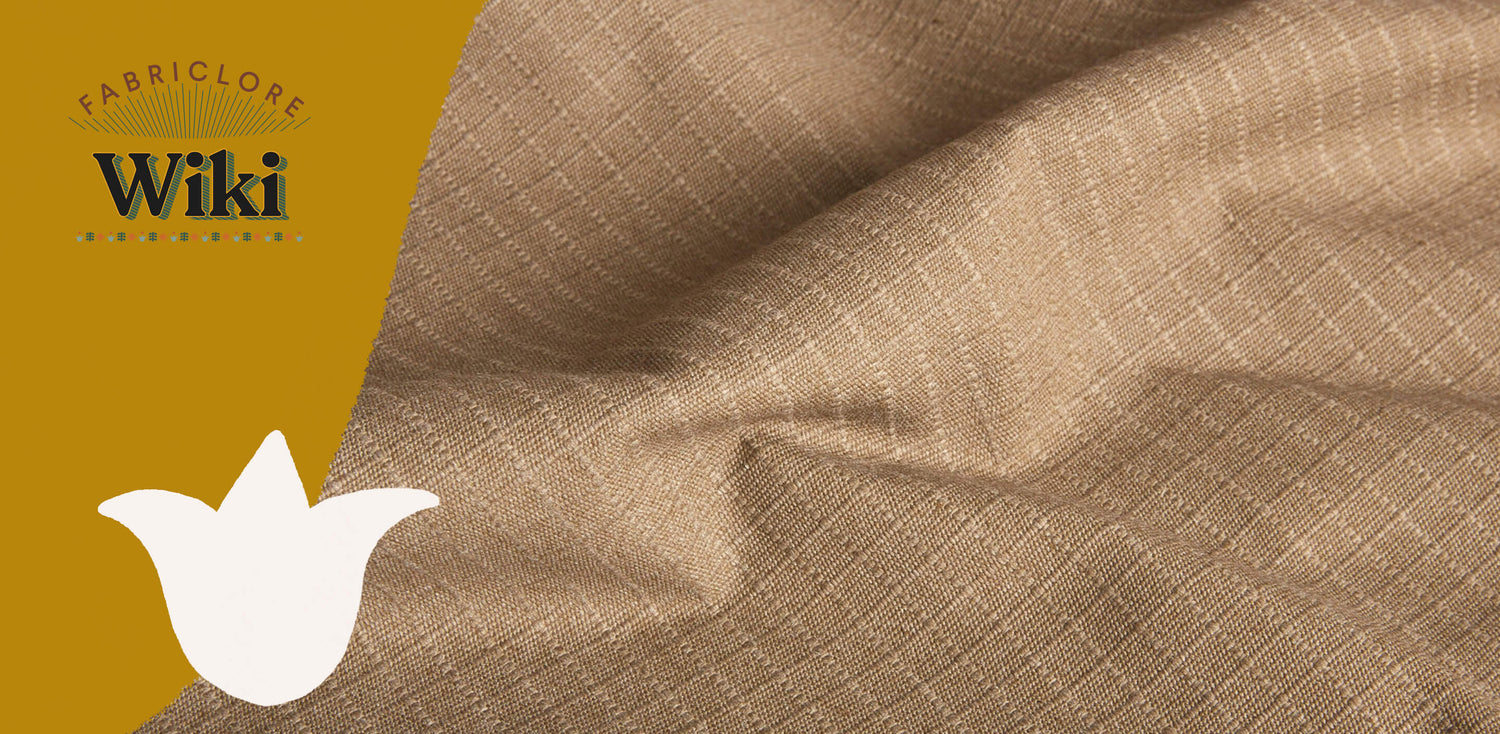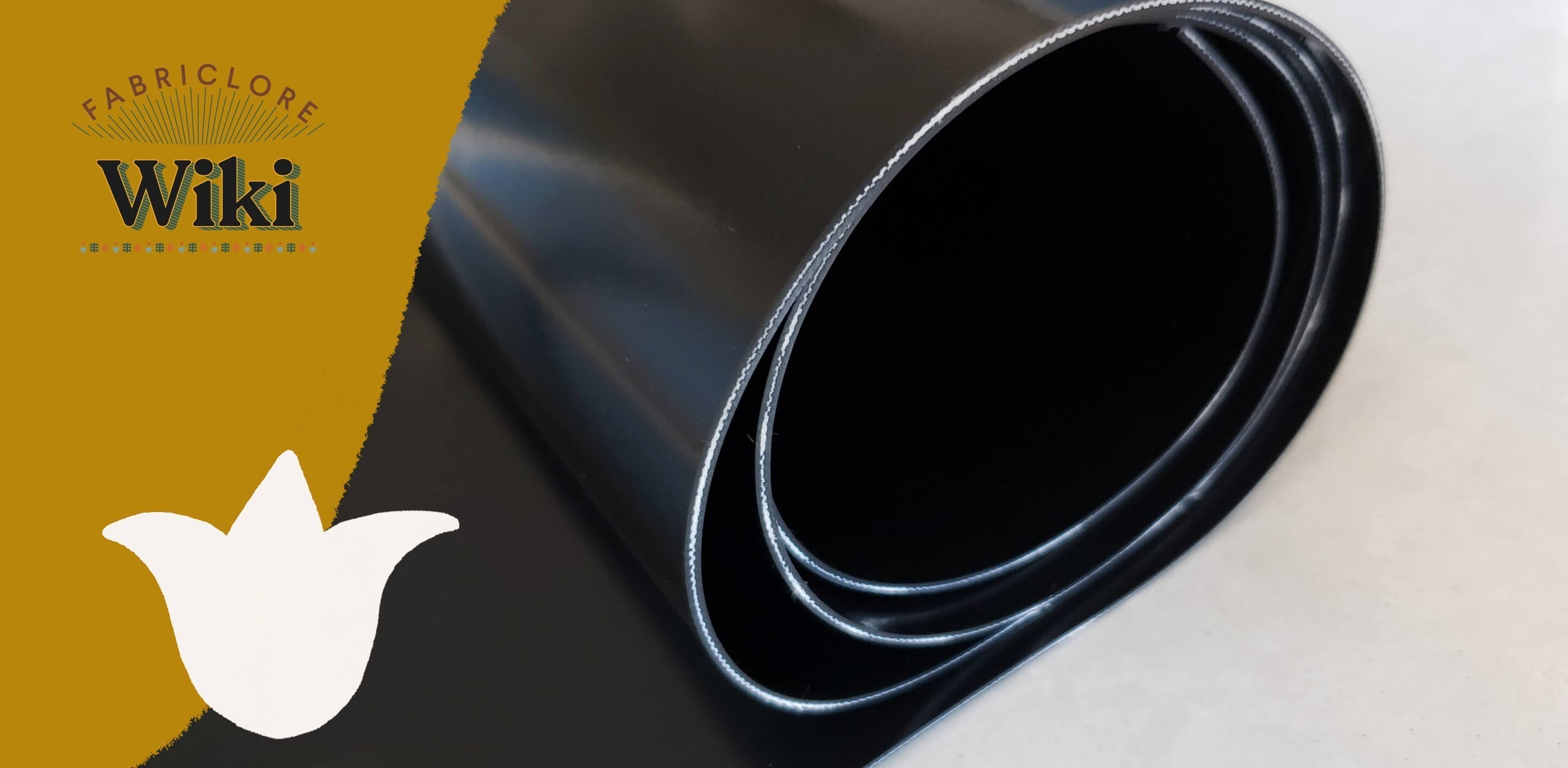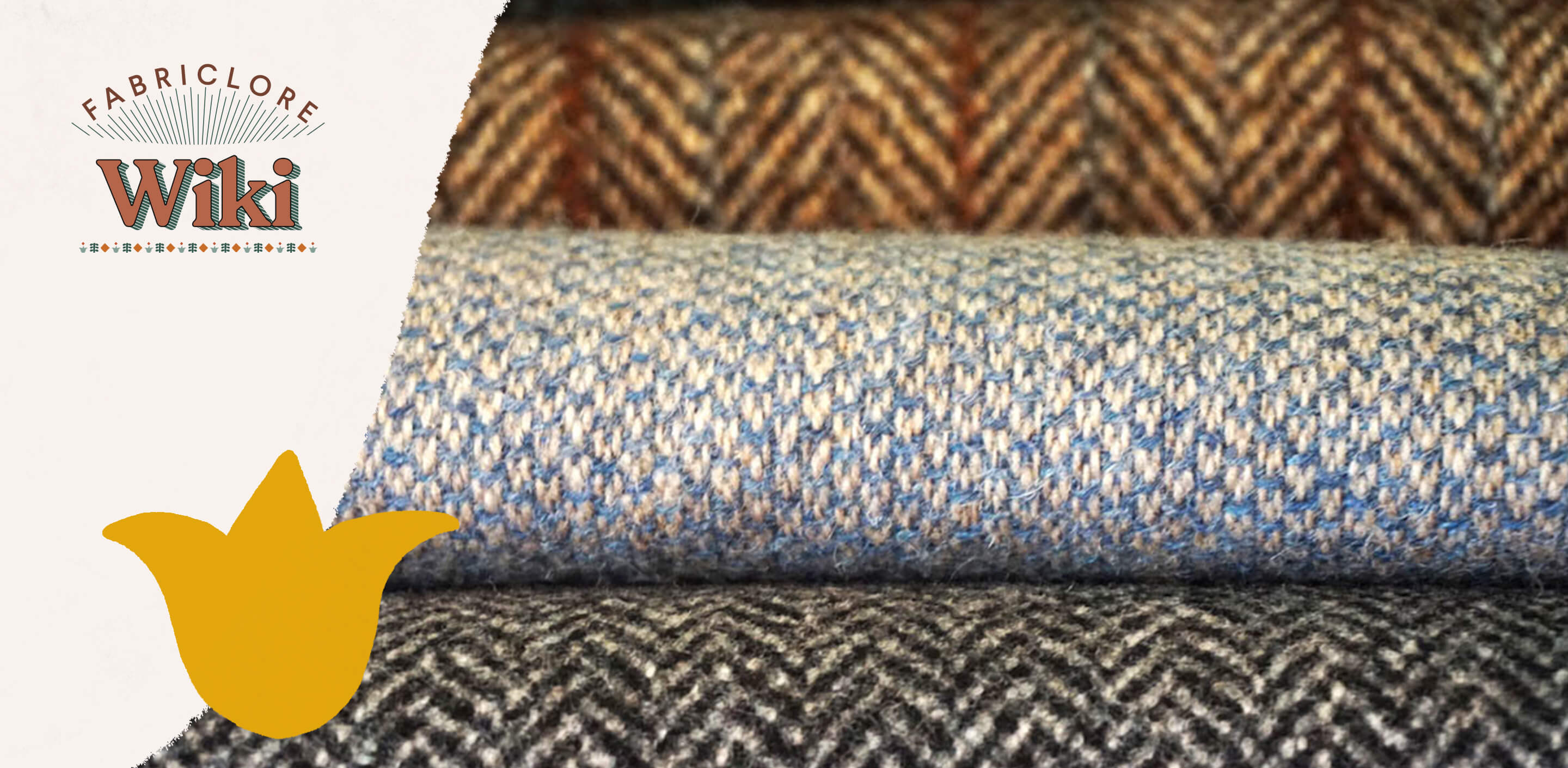Ripstop fabric is one of the most trusted textiles due to its strength, durability, and performance. Additionally, ripstop fabric, originally designed for military use during World War II, has since then become a staple in both professional and everyday applications. From parachutes and tents to jackets and backpacks, its signature grid pattern has made it synonymous with tear resistance and long-lasting reliability.
In this blog, we'll uncover the fascinating history of ripstop fabric, explain how it's constructed, highlight its unique properties, explore the different types available, and break down its advantages, disadvantages, and most common uses across industries.
What Is Ripstop Fabric?

Ripstop is a woven fabric reinforced with thicker, stronger yarns at regular intervals—usually in a crosshatch or grid pattern spaced every 5–8 millimetres. This design prevents small tears from spreading, giving the material its name: "ripstop."
The base fabric can be nylon, polyester, cotton, or blends, depending on the intended use. While nylon ripstop fabric is prized for lightweight strength, cotton ripstop offers comfort and breathability. The combination of reinforcement and base fibre makes ripstop versatile enough for military, outdoor, industrial, and fashion applications.
History of Ripstop Fabric
Ripstop's fabric origins are rooted in necessity—it was born during wartime but quickly became a civilian essential once its value was recognised.
- World War II: Ripstop fabric was developed as a replacement for silk in parachutes and military uniforms. The goal was to create a fabric that was lightweight yet highly resistant to tearing.
- Post-War Expansion: After WWII, ripstop fabric spread to civilian markets. Outdoor gear, including tents, tarps, and backpacks, quickly adopted it for its balance of durability and weight.
- Outdoor & Sportswear Boom: By the 1960s–70s, as outdoor recreation and adventure sports grew, ripstop became the fabric of choice for sailcloths, kites, climbing gear, and camping equipment.
- Modern Applications: Today, ripstop is used in everything from technical apparel and protective gear to streetwear fashion and home textiles, thanks to innovations in coatings, blends, and sustainable production.
How Ripstop Fabric Is Made

The strength of ripstop fabric lies not only in its fibre choice but in the way it's engineered at a structural level. Below is the process of how the ripstop fabric is made:
1. Material Selection
Ripstop can be woven from nylon, polyester, cotton, or blends. Each base fibre brings unique properties—nylon offers lightweight strength, polyester enhances UV resistance, and cotton provides softness and breathability. For technical applications, advanced fibres like Kevlar, Dyneema, or polypropylene are sometimes incorporated.
2. Weaving with Reinforcement Yarns
During weaving, thicker yarns are inserted in both warp and weft directions at regular intervals. This creates the signature grid structure that prevents rips from travelling further once they start.
3. Finishing Treatments
Many ripstop fabrics undergo performance finishing, such as:
- DWR (Durable Water Repellent) or polyurethane coatings for water resistance.
- Silicone finishes for waterproofing and strength.
- UV protective treatments for outdoor exposure.
- Fire retardants for specialized military or industrial gear.
4. Dyeing & Printing
Ripstop can be dyed in bold colours, camo patterns, or prints for fashion. Its grid texture often adds a technical look that appeals to modern streetwear and outdoor clothing.
Key Properties of Ripstop Fabric
What sets ripstop fabric apart is its mix of performance qualities that allow it to serve in both rugged and stylish applications.
- Tear Resistance: Reinforcement yarns stop small tears, making the fabric last longer in tough conditions.
- Lightweight Strength: Provides exceptional strength without adding unnecessary weight.
- Weather Adaptability: Can be water-resistant, waterproof, UV-resistant, or mildew-resistant with treatments.
- Versatile Comfort: Depending on fibre choice, ripstop can be crisp and technical (nylon, polyester) or soft and breathable (cotton).
- Distinctive Aesthetic: The subtle grid pattern gives ripstop a recognizable look, which has become a style element in urban fashion.
- Packability: Outdoor gear made from ripstop can be folded or compressed without losing strength, ideal for travel.
Types of Ripstop Fabric
Different fibres and constructions create a diverse variety of ripstop fabrics, and each type of ripstop fabric has its own functionality designed for a specific purpose.
Below are the types of ripstop fabric available:
1. Nylon Ripstop
- Ultra-lightweight yet strong, and generally used in parachutes, kites, tents, and jackets.
- Often coated for water resistance.
2. Polyester Ripstop
- More UV-resistant than nylon, making it great for outdoor exposure.
- Used in tarps, covers, and outdoor furniture fabrics.
3. Cotton Ripstop
- Cotton Ripstop Fabric is breathable and comfortable for clothing.
- This type of fabric is mostly used in cargo pants, workwear, and uniforms.
- Can be blended with synthetics for added durability.
4. Blended Ripstop
- This type of fabric combines natural and synthetic fibres (e.g., nylon-cotton blends).
- Balances comfort with performance—popular in tactical wear.
5. Advanced Ripstop (Kevlar, Dyneema)
- Specialised fabrics for military, safety, and industrial applications.
- Extremely strong, resistant to abrasion and high stress.
Advantages and Disadvantages of Ripstop Fabric
Like any other fabric, ripstop fabric also has both its pros and cons. Below is a comparison table that helps you evaluate it more easily.
|
Advantages |
Disadvantages |
|
Highly tear-resistant due to reinforced grid weave |
Limited stretch unless blended with elastane |
|
Lightweight yet strong, ideal for outdoor gear |
Can feel stiff or crisp, especially when new or coated |
|
Can be finished with waterproof, UV, or mildew-resistant coatings |
Not naturally waterproof; coatings wear off over time |
|
Versatile for military, industrial, and fashion uses |
Finishes (like DWR) degrade with washing and exposure |
|
Packs down easily, great for travel gear |
High-quality ripstop can be more expensive than basic fabrics |
|
Distinctive technical look adds style in outdoor and urban wear |
Some versions may lack breathability, especially when coated |
Ripstop vs Other Fabrics
Here's how ripstop fabric stacks up against some popular fabric options.
|
Property |
Ripstop |
Plain Nylon/Polyester |
Canvas/Twill |
Lightweight Cotton |
|
Tear Resistance |
Very High |
High |
Medium |
Low |
|
Weight |
Light–Moderate |
Light–Moderate |
Heavy |
Very Light |
|
Breathability |
Moderate |
Moderate |
Low |
High |
|
Stretch |
Low (unless blended) |
Low–Moderate |
Low |
High |
|
Cost |
Higher (premium quality) |
Moderate |
Moderate |
Low |
|
Aesthetic |
Grid pattern, technical |
Smooth finish |
Rugged texture |
Soft, plain |
Insight: Ripstop Fabric provides superior strength and longevity compared to basic woven fabrics, making it ideal for performance gear where reliability matters.
Common Applications of Ripstop Fabric

The flexibility of Rip Stop fabric allows it to cross industries, from military gear to everyday fashion.
Below are the common usage of ripstop fabric:
- Military & Tactical: Parachutes, uniforms, gear pouches, load-bearing equipment.
- Outdoor & Adventure: Tents, sleeping bags, backpacks, tarps, jackets.
- Sports & Recreation: Kites, sailcloths, gliders, hot air balloons.
- Fashion: Cargo pants, windbreakers, streetwear, utility jackets.
- Industrial Use: Safety covers, protective equipment, tarpaulins.
- Home Textiles: Curtains, upholstery, and outdoor furniture covers.
Final Thoughts
Ripstop fabric, which is popular for its balance of strength, lightness, and functionality, has now earned its reputation as one of the most durable and reliable textiles ever made.
For anyone designing high-performance garments or gear, ripstop remains a top choice. And with ongoing innovations in coatings, blends, and sustainable production, its relevance in both technical and fashion markets is only set to grow.
FAQs
1. What Is Ripstop Fabric Made Of?
Ripstop Fabric is built from nylon, polyester, cotton, or blends. Its defining feature is the reinforced yarn grid that prevents tears from spreading, making it much more durable than standard woven fabrics.
2. How Does Ripstop Prevent Tearing?
The stronger reinforcement yarns form a grid that acts as a barrier. When a small cut forms, the tear is stopped at the grid line, preventing the damage from spreading further.
3. Is Ripstop Fabric Waterproof?
By itself, ripstop is not waterproof. However, many versions are treated with coatings such as polyurethane, silicone, or DWR to provide water resistance or even full waterproofing.
4. Is Ripstop Breathable?
Ripstop's breathability depends on the fibre and finish. Cotton ripstop is naturally breathable, while heavily coated synthetic ripstop may have limited airflow.
5. Can Ripstop Be Machine Washed?
Definitely, ripstop fabric can be machine-washed, but always on a gentle cycle with cold or warm water. Avoid bleach or harsh detergents, and air dry to preserve coatings.
6. What's the Difference Between Nylon and Polyester Ripstop?
The difference between the two fabrics is that Nylon ripstop is typically lighter and stronger, but less UV-resistant. Polyester ripstop holds up better under sunlight exposure and resists stretching, but can be slightly heavier.
7. Why Is Ripstop Popular in Outdoor Gear?
Its lightweight yet durable structure makes it perfect for tents, tarps, and backpacks that need to resist tough weather conditions without weighing travellers down.
We also happen to be a magnet for suggestions, and would love to catch yours….throw us yours on hello@fabriclore.com




